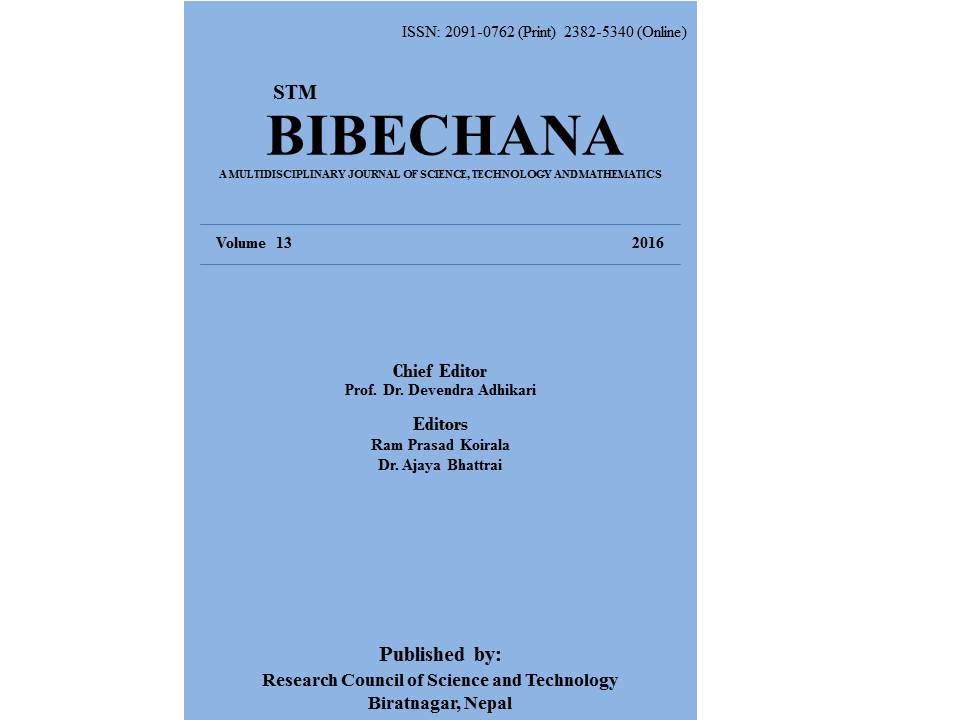Perception of fish farmers to wildlife predator attacks of fish ponds in Borgu Local Government Area of Niger State, Nigeria
DOI:
https://doi.org/10.3126/bibechana.v13i0.13344Keywords:
Fisheries, Perception, Predator, Ponds, Prey, WildlifeAbstract
The study assessed the perception of fish farmers to wildlife predators’ attack of fish ponds in Borgu Local Government area of Niger state, Nigeria. The study covered three wards; Bussa, Karabonde and Rafi which were purposively sampled. Questionnaire, personal interview and physical observation were employed to collect necessary data. A face to face questionnaire survey was carried out on a total of thirty-two (32) fish farmers and pond managers to elicit information on extent of predator’s activities by wildlife, and frequency of occurrence and period or season of predation. The result revealed that predation occurred both day and night. Most respondents (65.63%) attested to the predator attack in the fish farm. The most preferred prey size appeared to be fish fingerlings which were consumed wholly. Five (5) wildlife species include frog (Rana sp) 16.66%, wildcat (Felis silvestris) 8.3%, water snake (Grayia smithii) 11.66%, monitor lizard (Varanus niloticus) and birds like kingfisher( Alcedo sp) 26.66% were identified as the predators of fish. From the wildlife species identified, birds mostly attack fish in ponds in the study area. Wildlife predators including reptiles and amphibians are some of the numerous challenges to culture fisheries in the study area. However, the preventive measures and controls of wild animals attacked fish in farms are netting (59.38%) which is the best method to prevent predators from fish ponds, fencing (28.13%) and security guards (12.50%). In control measure, 68.75% confirmed that the physical method usually works better than biological and chemical control measures. Hence, its adoption for the management of the pest and predators is essential for sustainable culture fisheries in the study area.
BIBECHANA 13 (2016) 29-37
Downloads
Downloads
Published
How to Cite
Issue
Section
License
This license enables reusers to distribute, remix, adapt, and build upon the material in any medium or format for noncommercial purposes only, and only so long as attribution is given to the creator.




